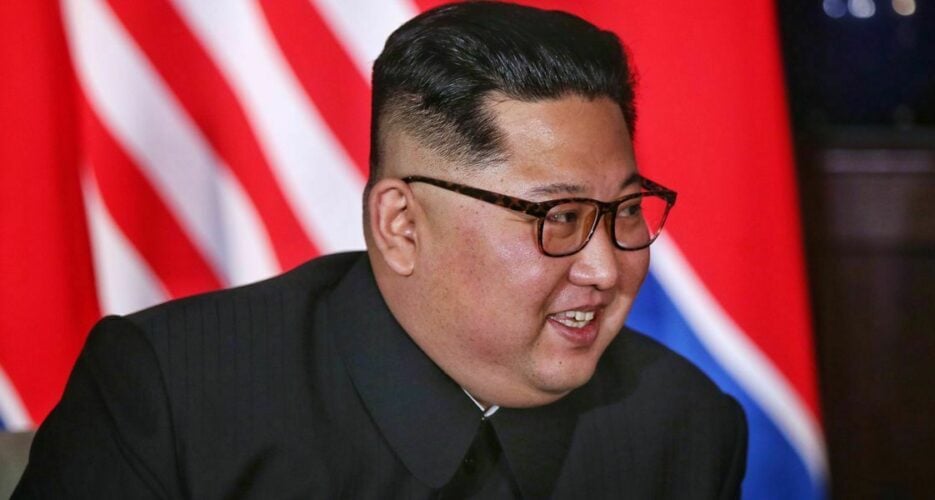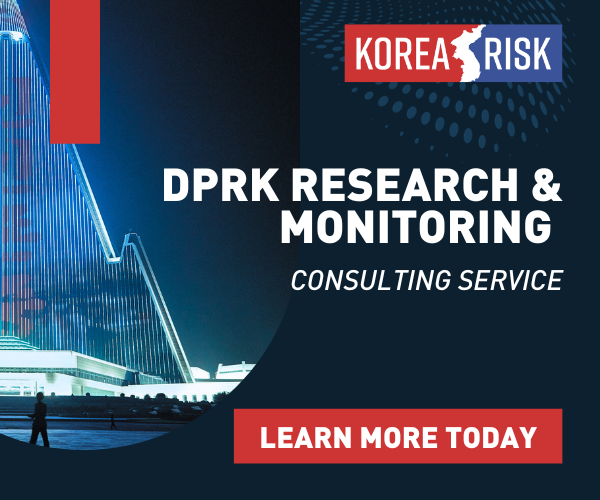The third North-South summit had two purposes. The first was to probe what could be done on the North-South front, including not only economic cooperation but confidence-building with respect to conventional forces.
The second purpose, however, was to re-engage the United States.
The third North-South summit had two purposes. The first was to probe what could be done on the North-South front, including not only economic cooperation but confidence-building with respect to conventional forces.
The second purpose, however, was to re-engage the United States.
Become a member for less
than $5.75 per week.
Unlimited access to all of NK News: reporting, investigations, analysis
The NK News Daily Update, an email newsletter to keep you in the loop
Searchable archive of all content, photo galleries, special columns
Contact NK News reporters with tips or requests for reporting
Get unlimited access to all NK News content, including original reporting, investigations, and analyses by our team of DPRK experts.
Subscribe now
All major cards accepted. No commitments – you can cancel any time.












